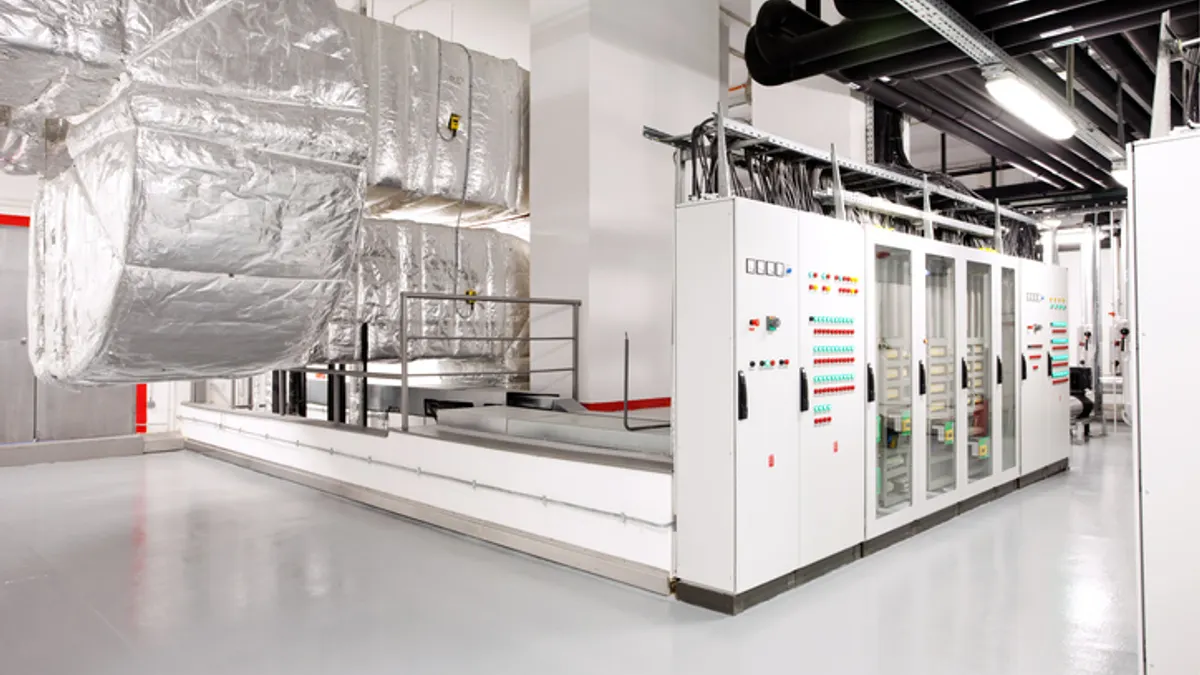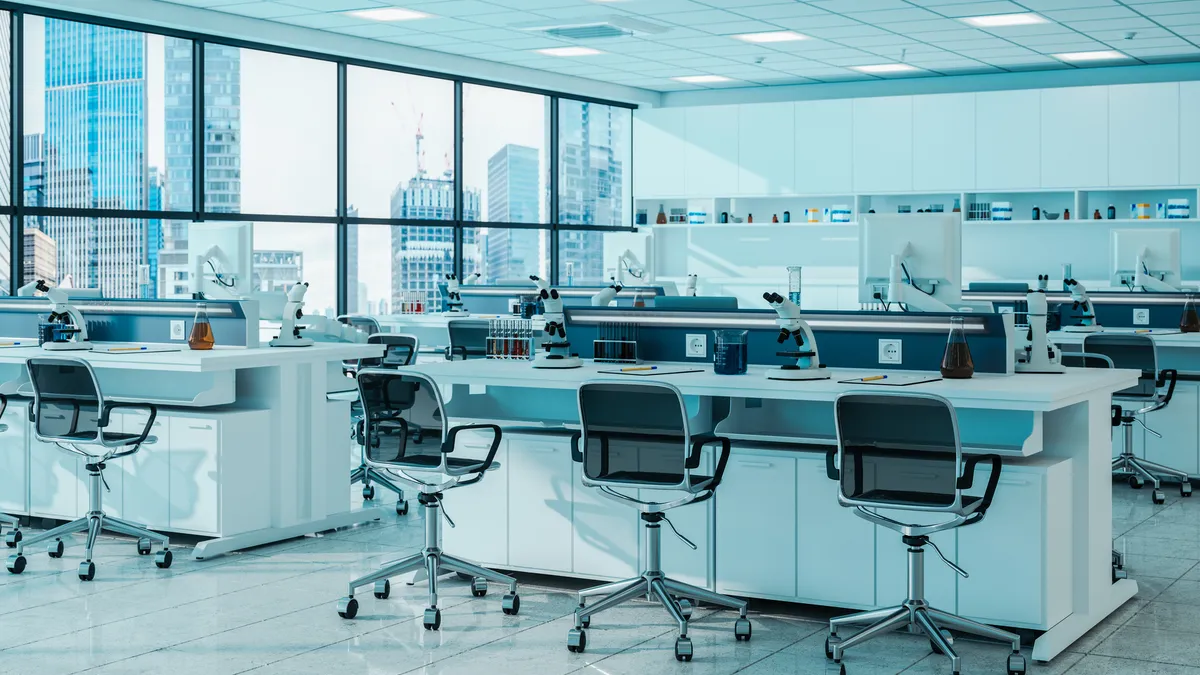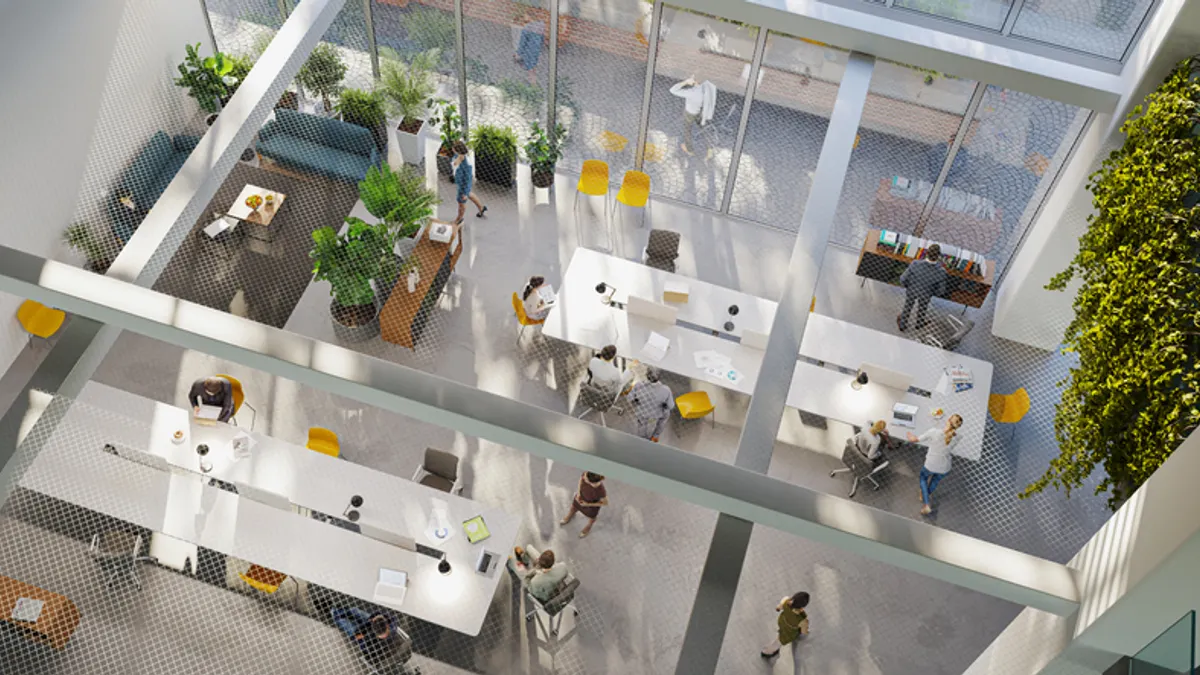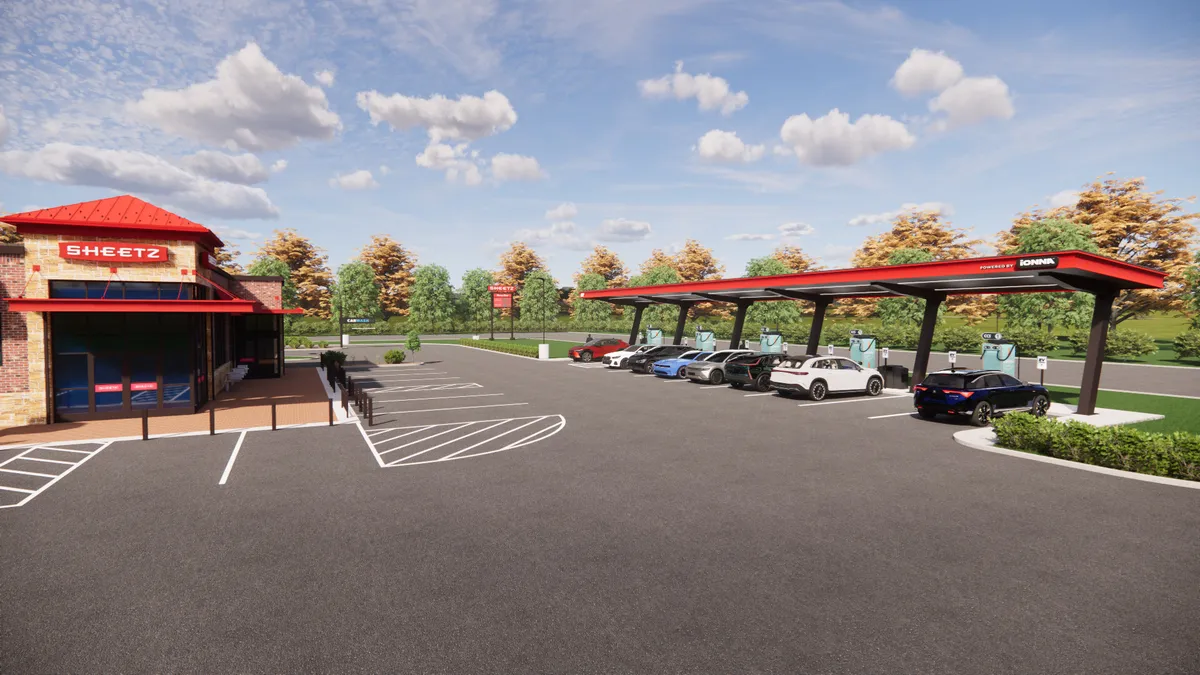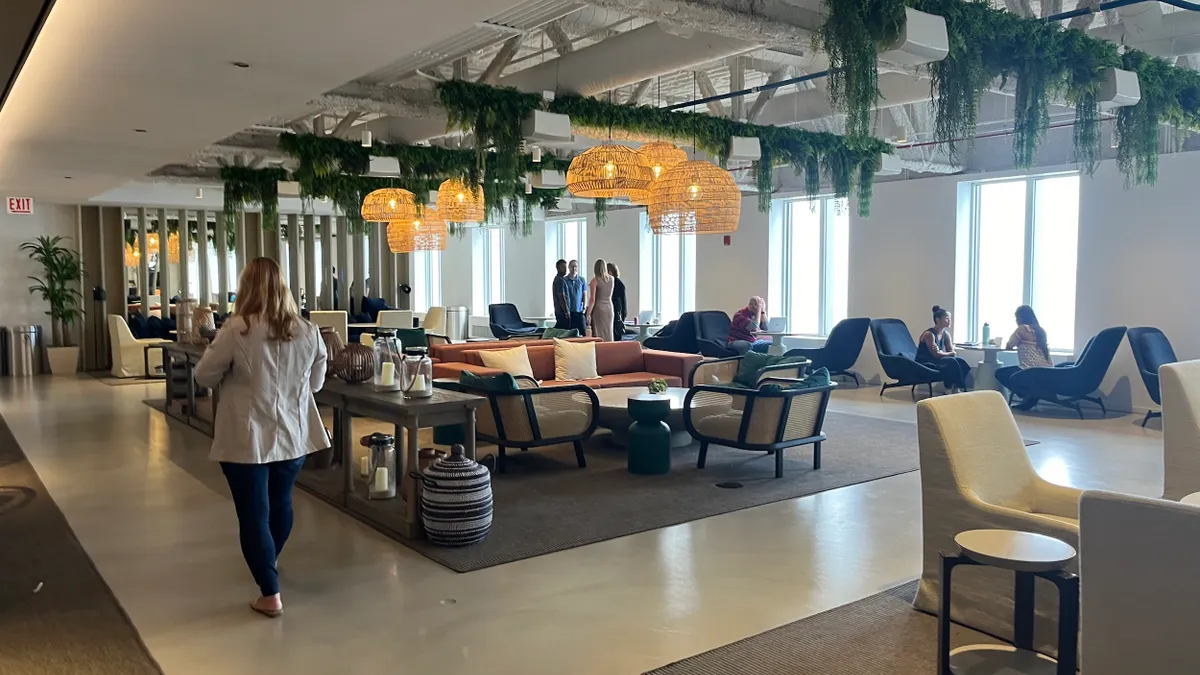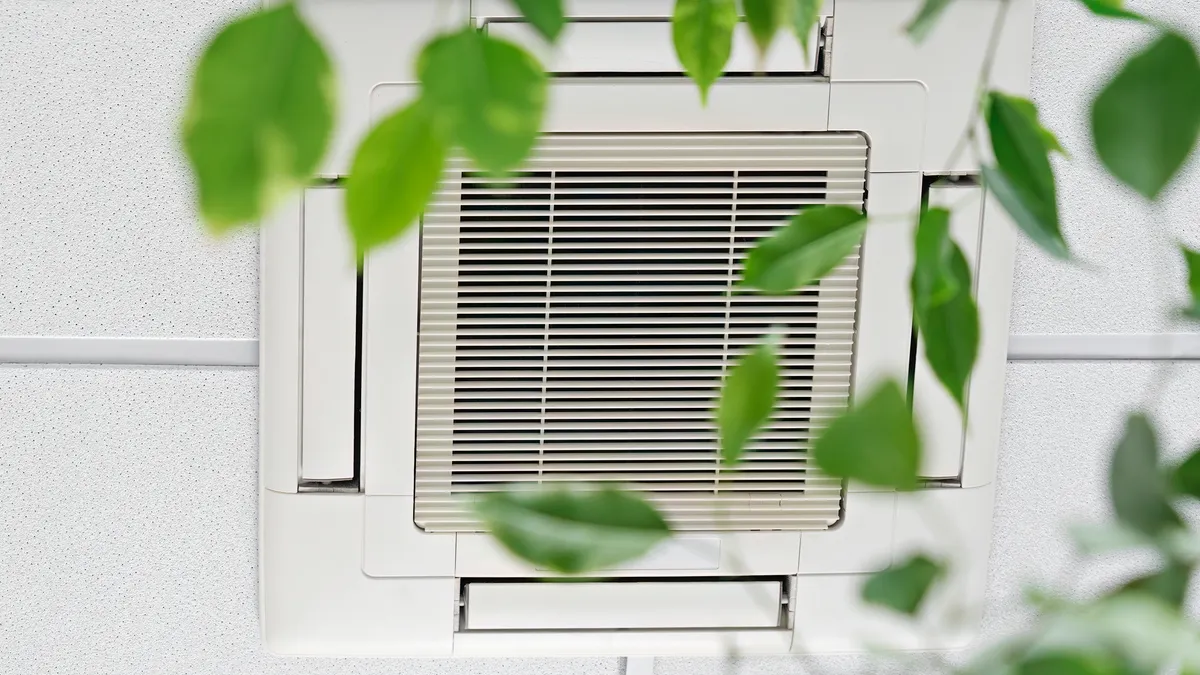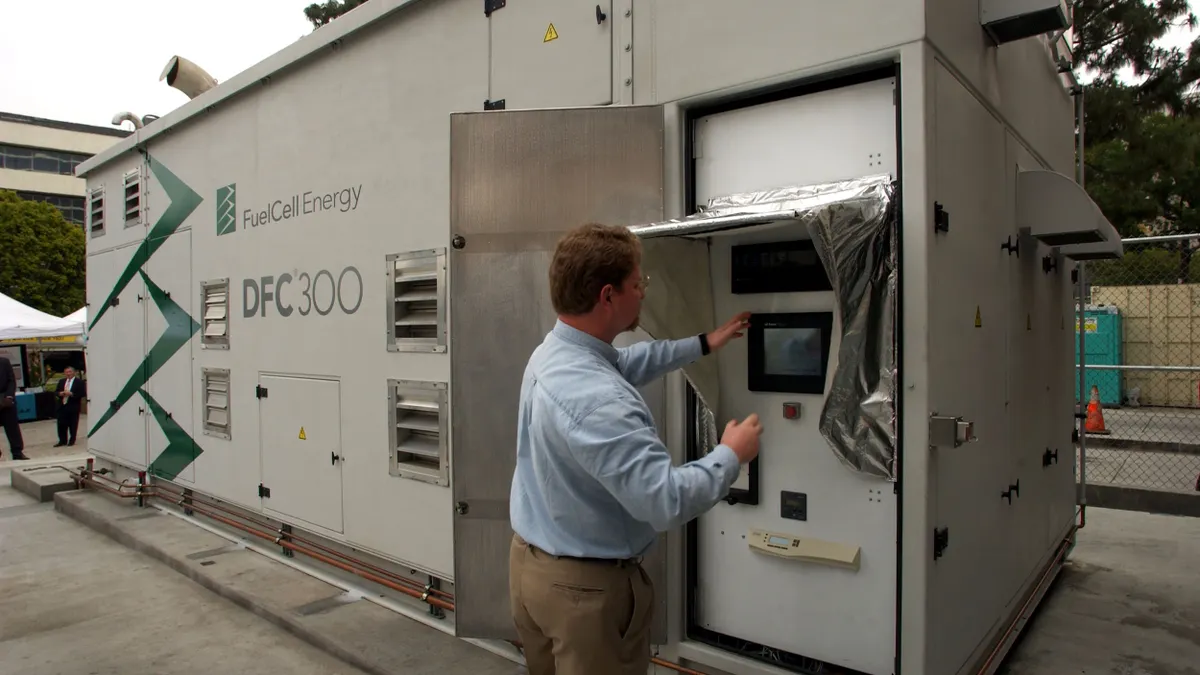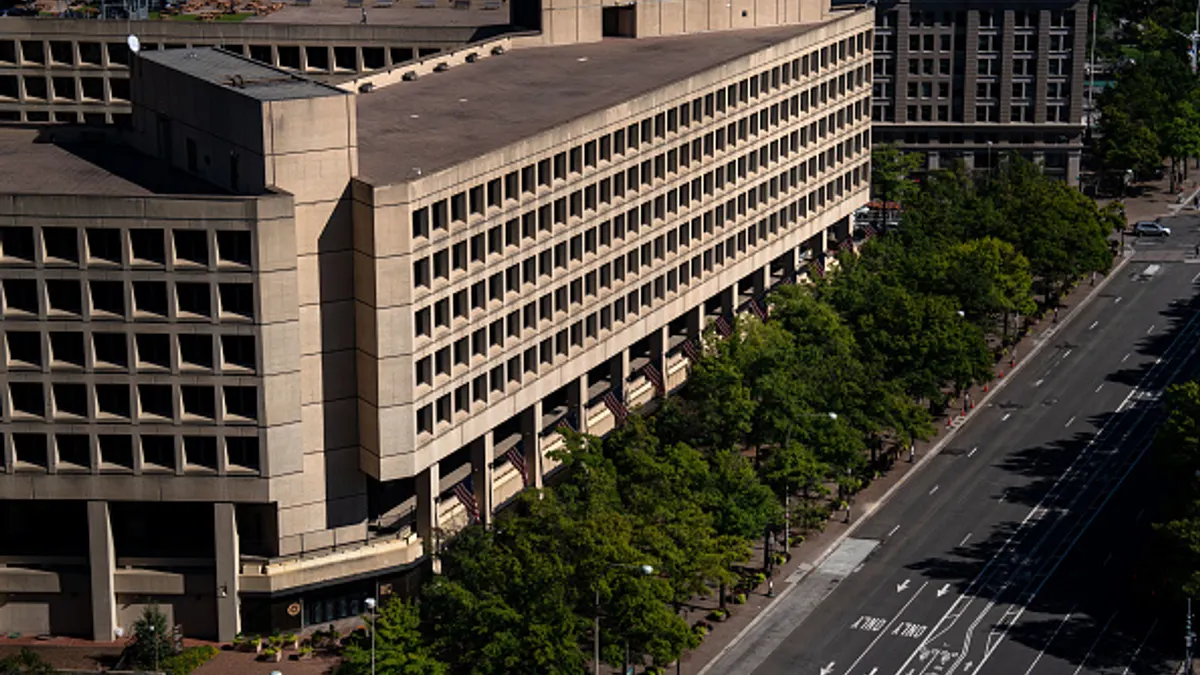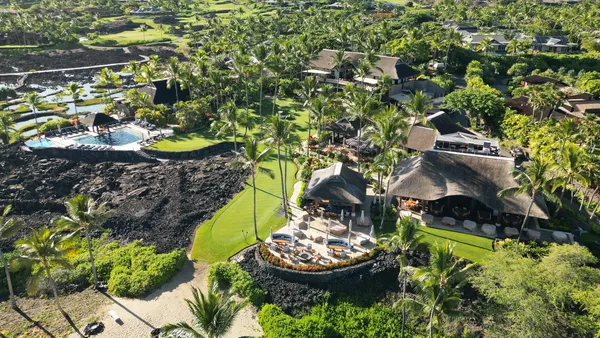Managing property on an island means being self-contained: keeping training in-house, solving problems internally and maintaining redundant systems, says Derek Bacigal, director of facilities at Kukio Golf & Beach Club, a luxury resort on the island of Hawai’i.
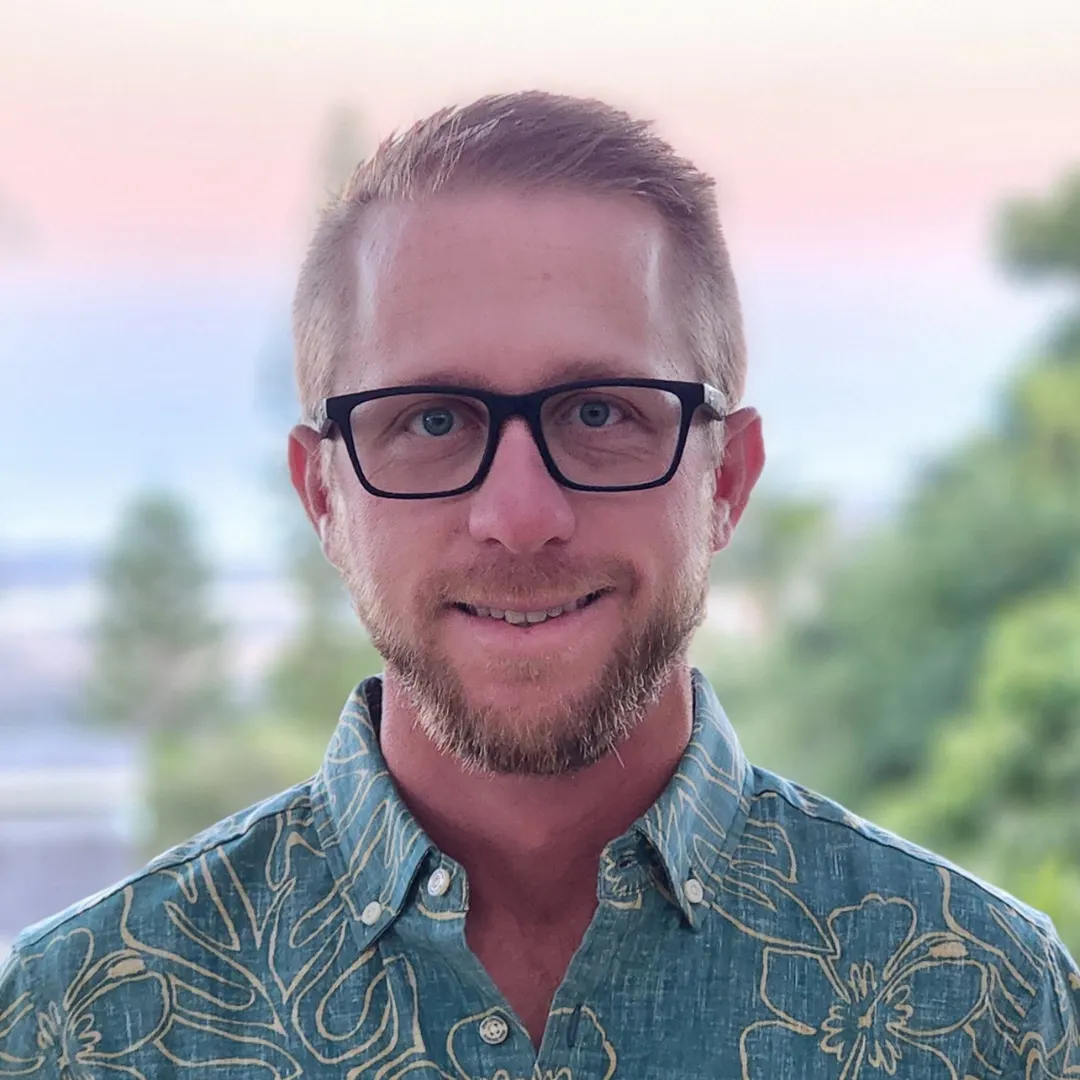
After attending a facilities management program at Ferris State in Michigan, Bacigal held a range of design, construction and facilities management positions for the state of Michigan, Boeing and Hyatt Hotels Corp. He’s also held senior roles at CBRE, Fairmont Hotels & Resorts and the U.S. Army. Today, along with his job, he serves as a director for the International Facility Management Association’s Hawai’i Chapter and chairs the IFMA Americas Advisory Board.
Carved into the Big Island’s Kona Coast, Kukio is often referred to as a getaway for billionaires, according to Forbes. And yet the island’s limited infrastructure and workforce create unique challenges. Bacigal must recruit and train local talent while dealing with rising insurance premiums, ensuring critical systems have backups and keeping the resort’s stakeholders happy.
To learn about his career path and how he manages the unique challenges of an island resort, Facilities Dive sat down with Bacigal for a short conversation.
FACILITIES DIVE: How did you become involved in facilities management?
DEREK BACIGAL: I was always interested in trades and working with my hands, and I like design. I started studying architecture coming into community college, and then when [the global financial crisis in] 2008 hit Michigan, it crippled the auto industry and I watched five out of six houses go foreclosed on the streets where I grew up. I was looking around one day as I was going to a trades job site. They’re not building any more. Nobody needs designs. But I see all these buildings and all those dudes still have jobs. That’s how I looked to facilities management.
Talk about your training and early career path.
I did a two-plus-two program from a community college, with Ferris State University’s facility management program. The architecture program I was already in was a prerequisite for that, so it worked perfectly, and I ended up falling into that program. Then I was working full-time for the state of Michigan, doing design and construction. Once I graduated, I did an internship at the Boeing Company in Seattle. I realized I didn’t want to live in Everett, so I turned off the Boeing switch and picked up a job with CBRE. I knew I wanted to be in hospitality and get out of Michigan, so I worked with CBRE for a while at the Dow Chemical global headquarters with about 2,000 facilities on 2,000 acres.
A management training program came out and it offered me a job right when I graduated, but it wasn’t the right compensation and the right location, so I ended up getting a job at the Hyatt Regency in Chicago, which was their largest property in all of Hyatt. I went through that program the fastest you could. I completed in three months what was supposed to be 18, and I became a project manager out of San Francisco.
[My girlfriend] and I both ended up getting jobs and relocating to Hawai’i. I took a job with the U.S. Army. They have four hotels around the world that are Armed Forces Recreation Centers, and I happened to fall into the Hale Koa, which was a facility that deferred any preventative maintenance on everything for like 20 years and ran at 100% occupancy. I quickly became the director of engineering there. I hired a chief engineer, and they’d been going through directors like every 10 years. I finally picked it up and wrote and designed a bunch of contracts and did like $200 million of construction and completely repositioned the property. During COVID-19, we came over to the Big Island. I worked for Fairmont as we’re in the middle of the pandemic. That hotel was completely closed, and then I had to reopen it. Then we’re selling the garden view rooms for $2,000 a night….. It was wild, because I had to resurrect a building that had been shut down. [It was] 2 million square feet, like 40 acres, and we were at 100% occupancy, doing big groups and all sorts of stuff like that.
Can you talk about the facilities you’re managing now?
It's a whole different world within this community. It's like the 1% of the 1%. It's a private club. We have two Tom Fazio golf courses. We have a variety of beverage outlets, spa programs, fitness programs, family programs, pickleball, tennis, a world class spa, Olympic trainers, all sorts of crazy things. We have 240 acres and it's about 70% developed after 25 years and we've done $4 billion in commercial or residential real estate.
What drew you to hospitality?
I realized when I was working for the state of Michigan that every director had been there for 40 years and [they didn’t look like they were thriving]. I’m just not going to be that guy and I don’t want to live in Michigan. Then I went to Boeing and I saw the same thing. Yeah, that dude’s probably making $700,000 a year, but you’ve got to work there for 48 years, and that’s if you’re the lucky guy. I didn’t want to do the same thing every day.
But I saw in the resorts and hotels that you could become the director much faster, and you become a super sharp kind of Swiss army knife when it comes to multi-disciplined trades. I don’t think that could ever be more important than where I’m at now. Because of the remote location and the unskilled labor that we have over here, and the lack of labor and subcontractors. You really have to know how to do it yourself or you’re just not going to make it.
What training helps you in this role?
I went to Disney University. I’ve done Hyatt training [and] Fairmont training for luxury. A bunch of different stuff. When I was working at Hyatt in San Francisco I enrolled in an online program at Cornell that helped me, too. It was customer-focused product and service design, and that helped me tie in the programming and design requirements between users and operations to ownership. How do you sell that as a CapEx product?
How do you solve the toughest problems you face?
I would say they’re problems with stakeholders and balancing time, quality and money. They think that they can get all three perfect at a time, when really you can only get two most of the time. You can have quick, well done and expensive. You can have quick, cheap and poor quality. Or you can have good, cheap and slow. But at the end of the day, you can only get all three of them occasionally.
What’s the most important skill the job requires?
Adaptability, and then social and emotional intelligence, because that ties into your relationship management and your communication.
How do you want to improve moving forward?
Living the characteristics I have been – being a continuous learner and problem solver and always being open to trying new things.
Are there laws or regulations that cause you the most challenge?
My biggest headache with the compliance here is fire suppression because there’s only one contractor on the island. You have to work on their schedule, and we have a bunch of South African grass-thatched roofs that are literally like thatched huts. So we have additional fire suppression for those and different requirements, and I’ve been in the process of restoring that system to be superior, especially since we’ve had a large increase in insurance premiums since the [2023 Maui] fire and others fires in Los Angeles and all over the place. Insurers are just walking out of the Hawai’i market.
I’m actually working through a project right now. We currently import our roof grass every seven years from South Africa. We need to get a bunch of different permits and send it through the Czech Republic and Oklahoma and California and Honolulu before it even comes over here. And it’s very flammable. So I’m looking at a synthetic product that looks very similar, and it has a Class A fire rating. I actually sent it to my insurance company last week to see what our premium adjustment would be if we were to install those. I think it could be significant. Just a few of our cottage owners that we have here saw their insurance go up 130% in the first quarter.
What keeps you up at night?
Whenever there’s not redundancy in critical systems. You solve that by having two of [everything]: a cooling tower, or condensed water pump or a chilled water pump. We’re talking about time, quality and money. In our ultra luxury environment, money’s not on the list, baby, so they’re not running out. We have a backup pasta maker. We’ve got two of everything, because saying no is not the answer.
In my eyes, any normal facility that’s not ultra luxury, your critical system is going to be your sanitary drain, your water, how you are conditioning the space. And then you need electricity, those are the basics. And if you don’t have that, especially in a campus environment, when you’re running underground loops and utility vaults and stuff like that, you’re going to have life safety issues. You can even put fire suppression in there.
Once you get all that designed, how do you manage it? By monitoring and controlling and doing routine rounds, whether it’s virtually or physically. There are advantages to both of them but it’s going around, knowing your pressure, your set points and your flow rates and knowing what’s normal and what’s not, so when you do identify something that’s not normal within a larger system, at least you can diagnose it before you’re reacting to it.
How do you manage labor and talent?
This island is very difficult. I think Oahu was easier. This island has like 200,000 people, while Oahu has 1.2 million and is much more of a city. This is much more country, and what I’ve learned is that when you have a larger city, people tend to get in line easier. You really have to learn how to work with different people. It’s a lot of different perspectives you get and have to figure out what works with the team and how people learn. Some people learn hands on. Some people learn through computers. Some people read pictures. We have a big trade and skilled trade issue. Everything we do is pretty much in-house and with the bench and team that I have here. We don’t go out and hire a top-grade engineer. We grow them from the bottom so they know everything. It’s a lot for a small team to absorb somebody new. My team now is so tight it’s like a family. I never thought it would be like that. I have 12 direct reports, and at my last two jobs, it was over 100. It’s a big change. When I worked at the hotels, I would sit in meetings for 10 to 12 hours a day, and then read 200 to 400 emails.
Now I get 10 emails a day and have one meeting a week. It’s also a non-union property. The other properties I worked at for the last 20 years were union. So now I literally go in there and do the jobs with the guys or show them how to do it without any issues at all. It’s a totally different culture, if that makes sense.
What advice do you have for someone who’s interested in becoming a facility manager?
If they were just interested and weren’t fully committed, I think IFMA’s Facilities Management Professional certification might be a good track. Or if they just didn’t have time to do a two- or four-year program, that might be a huge learning opportunity for them. I’m also a large proponent of YouTube.
Did you have a unique journey into facilities management? Are you managing through challenges others could benefit from learning about? If you’re interested in sharing your story with others in your field, Facilities Dive would appreciate hearing from you. Send an email to [email protected].






